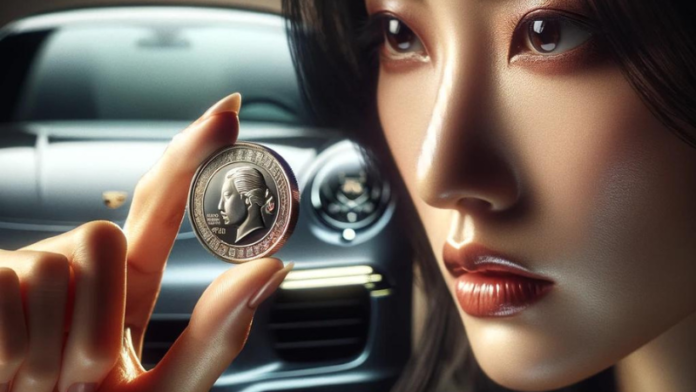The flip of a coin has long been the epitome of leaving things up to chance, a 50/50 game of heads or tails holds the power to decide. Or so we thought. Recent findings from a meticulous study have cast a shadow of doubt on this age-old assumption, revealing that the outcome of a coin toss may not be as even as we were led to believe.
Scientists have taken a closer look at how coin flips work and have overturned the generally accepted 50/50 principle. After a comprehensive 350,757 coin flips, a surprising trend emerged in the data. The results of this extensive experiment showed a 50.8% chance that a coin would land on the same side it was positioned in before being tossed into the air. This revelation suggests that the coin toss, a symbol of unbiased choice, carries with it a subtle but significant predisposition.
The roots of this research go back to the work of Persi Diaconis, a mathematician at Stanford University. Diaconis previously pointed out that human coin flips have a “wobble” (a slight off-axis tilt) that can skew the results. Recent research not only confirms Diaconis’ hypothesis, but also quantifies a bias that closely matches the probabilities he predicted. The results show how an individual’s tossing technique affects the outcome, with some people showing a pronounced tendency for the coin to land on the same side it started on, while others demonstrated no such bias.
Interestingly, the type of coin used for the toss did not appear to influence the bias, as coin type did not show a natural preference for landing on heads or tails. This suggests that the human factor in reversals is the primary cause of small deviations from a perfect 50/50 probability.
This study offers simple but effective recommendations for those seeking to restore fairness to this fundamental way of making decisions. By ensuring that the caller of heads or tails is unaware of the coin’s initial position, the slight bias introduced by the flipper’s technique can be neutralized, paving the way for a more equitable resolution.
This groundbreaking research not only reveals the subtle physical dynamics of seemingly simple movements, but also challenges our fundamental understanding of randomness and fairness. A deep dive into the science behind everyday phenomena reveals that even the simplest activities are influenced by a complex interplay of forces beyond our immediate perception. After all, the coin toss remains a fascinating subject, not only for its role in decision-making, but also for the glimpse it provides into the complexities of physics, human behavior, and the elusive nature of chance itself.
FAQs:
Is flipping a coin truly random?
While traditionally considered a random 50/50 event, recent research suggests a slight bias depending on how the coin is flipped.
What causes the bias in coin flips?
The bias is attributed to the “wobble” and slight off-axis tilt in human coin flips, as well as the initial position of the coin before being flipped.
Can the type of coin affect the outcome of a flip?
The study found that the type of coin does not significantly influence the outcome, indicating the bias stems from the flipping process itself.
How can I ensure a fair coin flip?
To achieve fairness, the caller should not know which side of the coin is facing up before the flip.
Does the flipping technique matter?
Yes, individual flipping techniques can vary, with some people showing a stronger bias for the coin to land on the same side it started on.
What was the probability found in the study?
The study revealed a 50.8% chance that a coin will land on the same side it was initially placed on before being tossed.
What does this study say about decision-making?
It challenges the assumption of perfect randomness in coin flips, suggesting even simple decision-making processes can have underlying biases.
Are all coin flips biased?
While a slight bias exists, individual results can vary significantly, with some flips showing no bias at all.
What is the significance of this study?
The study sheds light on the physical and human factors influencing coin flips, offering insights into randomness, fairness, and the intricacies of seemingly simple actions.
Source: phys.org, iflscience.com
More information: František Bartoš et al, Fair coins tend to land on the same side they started: Evidence from 350,757 Flips, arXiv (2023). DOI: 10.48550/arxiv.2310.04153





